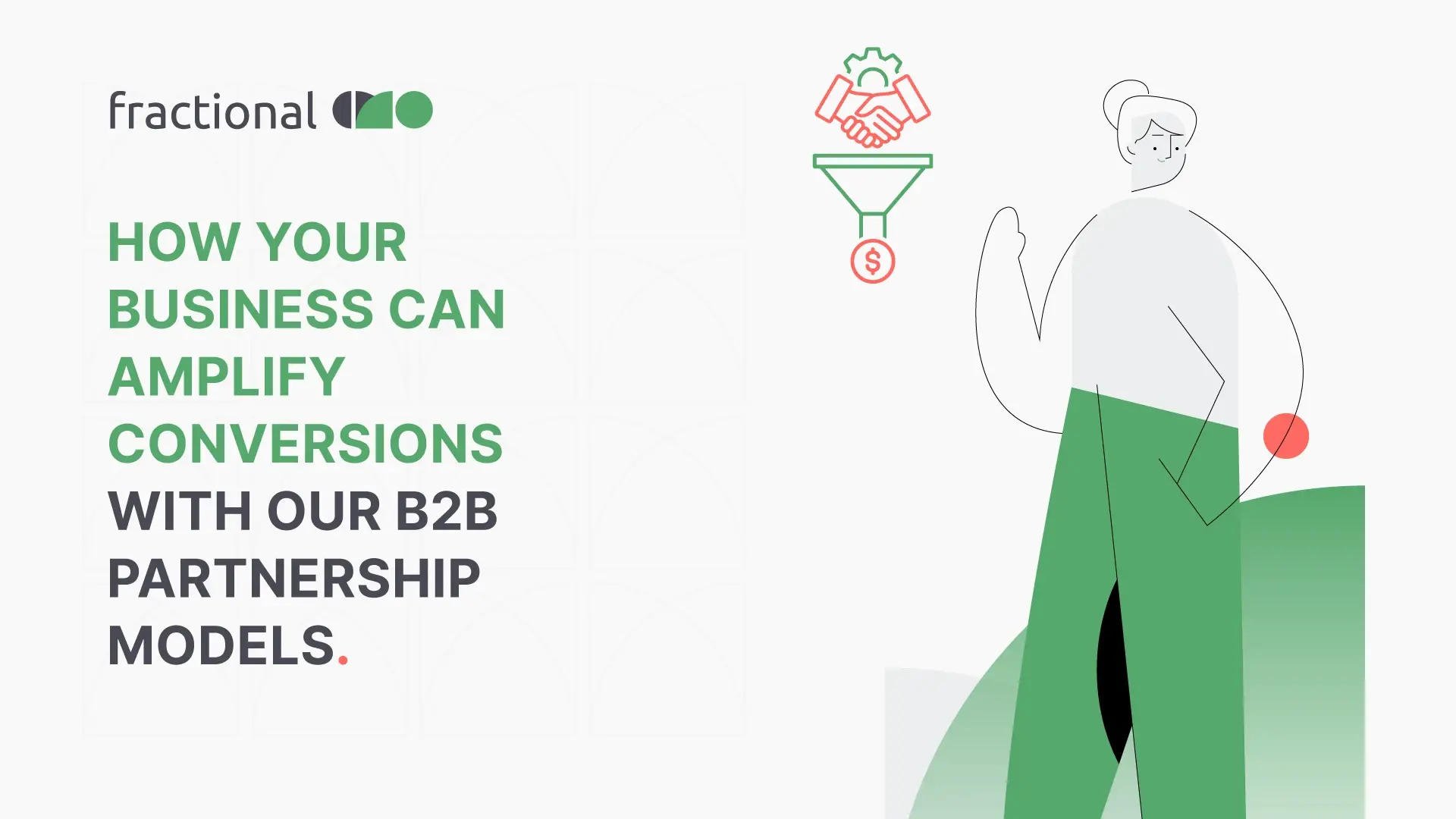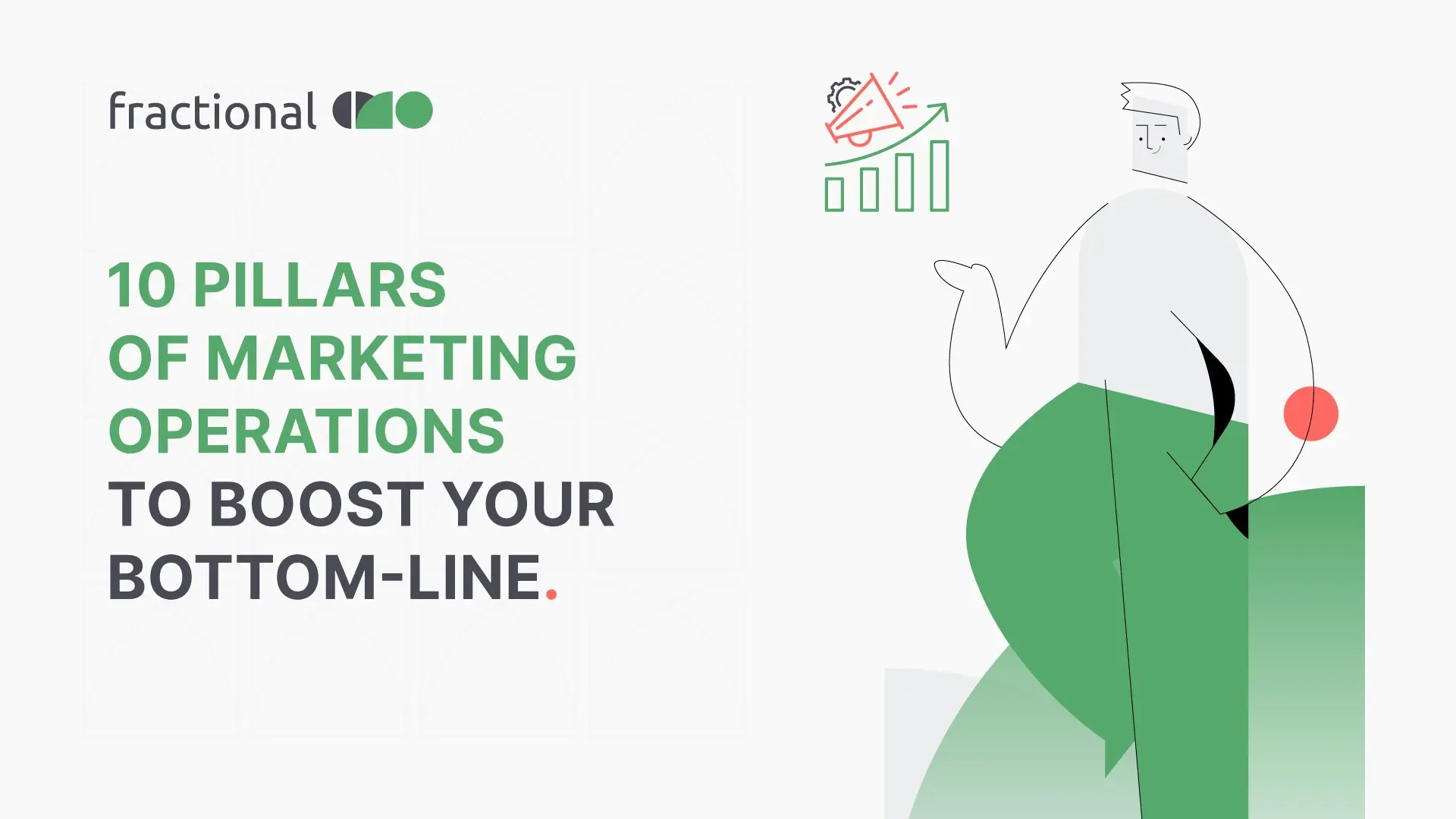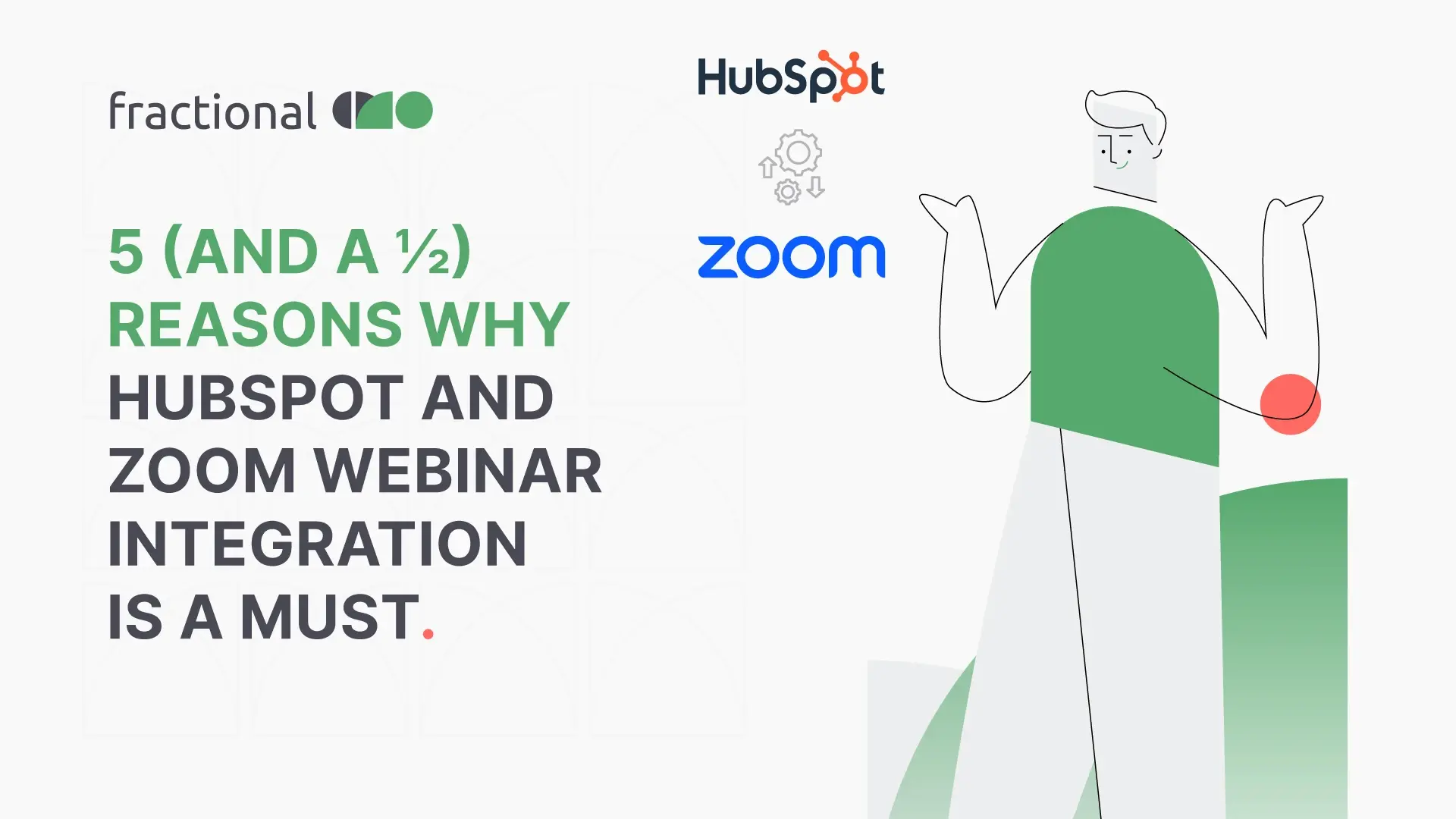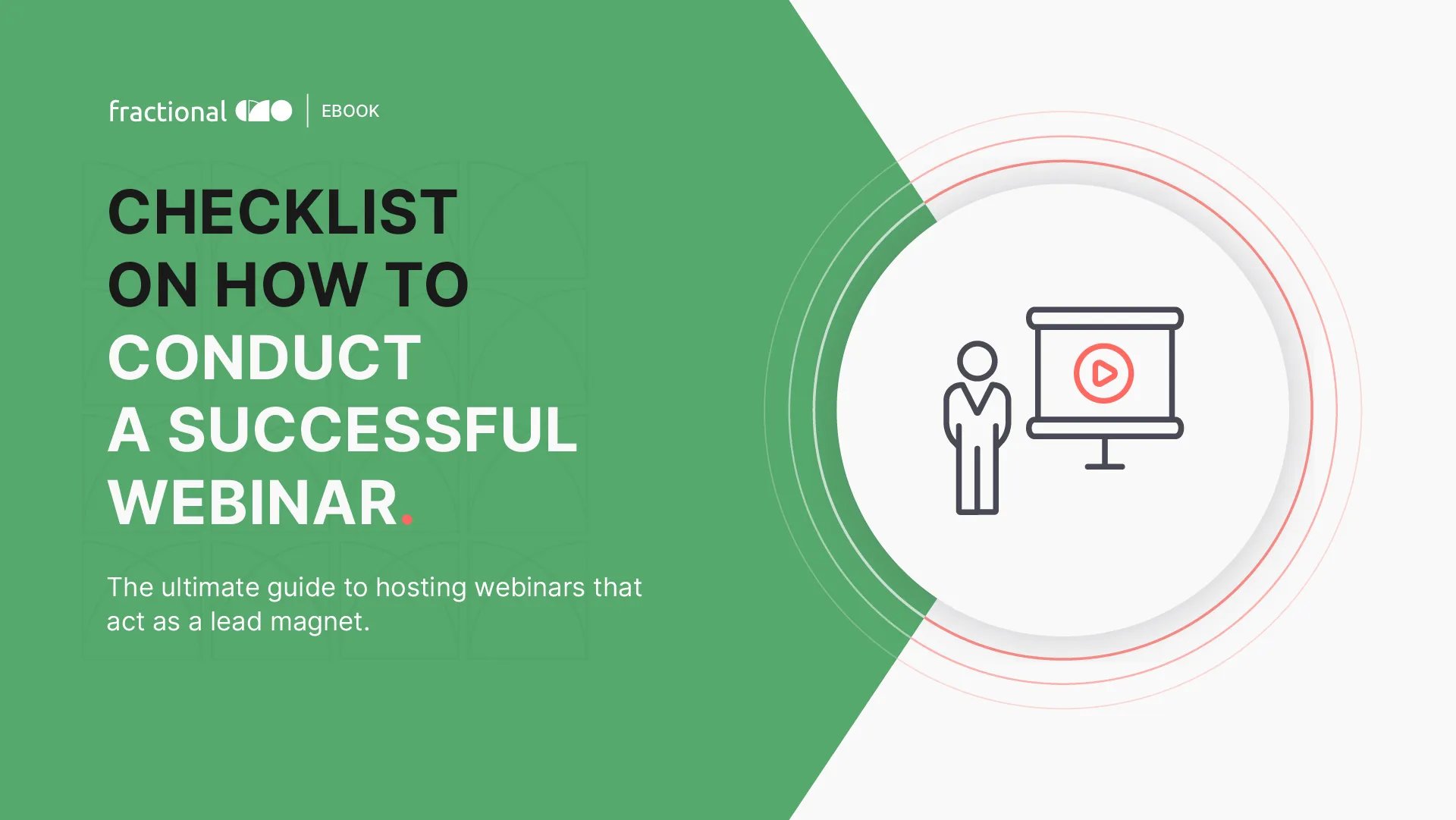How to devise demand generation strategies for terrific growth
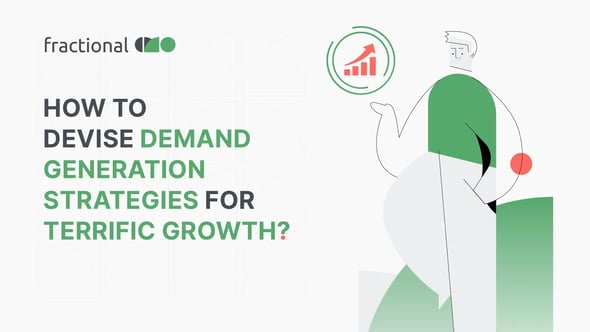
What is demand generation?
Demand generation encompasses a wide array of marketing strategies used to attract buyers to your brand but, it doesn’t stop there. Demand generation follows the prospect all through their buyer’s journey ending in the decision stage.
And the following is strategic, not random, as displayed in the image below:
 Source: Keap
Source: Keap
Sales, Marketing, and The Buyer’s Journey
Sales and marketing must work together through the entire buyer’s journey to create a seamless experience for the customer. According to Saastr, sales and marketing teams should conduct weekly meetings to check in on accounts, prospects, and messaging.
Transparent, two-way communication between teams allows more room for brainstorming better techniques to close deals and avoid confusion during the sales process.
According to New Breed Revenue, lead scoring is important to keep both teams accountable toward the same goals. For example, if a marketer decides a lead is qualified enough to pass on to the sales team, the teams have not gotten together to discuss what makes the lead qualified. A sales representative is going to have a hard time gauging whether the customer is ready to buy or not, making it harder to close the deal.
Sales and marketing teams could also benefit from a shared set of tools. A CRM (Learn what is LeadSquared and what are its features) should be created to house any information the sales and marketing teams might need to streamline their efforts.
Learn the whys and the what's of sales and marketing alignment from the Founder and Chief Evangelist of Social Selling - Jill Rowley!
Source: Youtube
You could include all information about your ICP, how many times you’ve reached out to prospects, and any marketing content your sales team might benefit from. You should also use a dashboard that houses marketing and sales metrics to keep both teams accountable.
How can I build a demand-generation strategy for my business?
Establish a brand identity
First, you want to make sure you have an established brand identity for your company, so you catch your prospect’s attention and turn them into customers.
Ask yourself:
- What values do I want my company to showcase?
- How is my product superior to my competitors?
- What is my brand voice, and how does it add to my brand archetype?
Here’s a cool article from Ebaqdesign, a design agency that focuses on brand archetypes.
Ideal Customer persona
Second, you need to create an Ideal Customer Persona. If you’re a B2C company, your ideal customer persona is an individual. If you’re a B2B, you’re most likely going to have multiple ideal customer personas.
Here's an example of a B2C buyer persona!
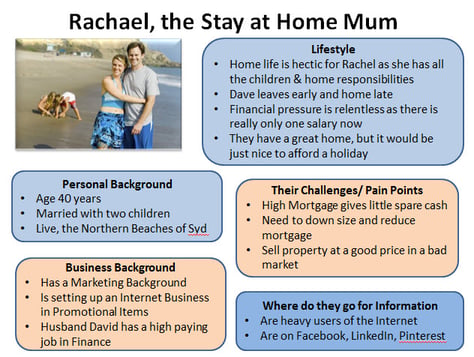 Source: Alexa Blog
Source: Alexa Blog
Since you’re targeting a business you want to sell to, you will have to target the decision-makers within that business to close a deal. According to Forbes, five typical buying roles go beyond broad segmentation characteristics like industry and company size.
By creating a customer persona you are stepping into your customer’s shoes. You want to have a solid idea of what problem they want to solve so you can provide them with the solution. Thinking about your persona’s buying motivations and buying obstacles will help you create a stronger connection between your brand and your audience.
Creating a brand awareness
Third, create brand awareness. Tailor your content to your ICP so you can start posting content that feeds their curiosity. If your brand doesn’t have an online presence, you’re missing out on a big chunk of your customer base.
According to Forbes, a study done by Euromonitor estimated that in 2021, 17 percent of goods would be bought online. And that by 2025, that figure could jump to 21%. To create brand awareness, you want to make sure you get the messaging, the platform, and the audience right. Match your content with your buyer’s journey.
Suppose someone is interested in buying a product the first thing they are most likely to do is to Google it, read reviews on the product, go to company websites or social media accounts that feature that product, and based on the knowledge that they’ve gained about that product, they will decide if they want to buy or not. This is the buyer’s journey in a nutshell.
Not every buyer is going to fall into the same stage at the same time. So it’s vital to create different types of content to cater to each buyer’s individual journey.
Here are some great ways to connect with your audience
Offer two-way communication.
Engaging with your audience is key to establishing your company as a trustworthy brand. Post on social media frequently, create question-based posts and polls. Consider adding a chatbot to your Facebook page or website that answers a prospect’s questions.
These ways you build engagement with your audience.
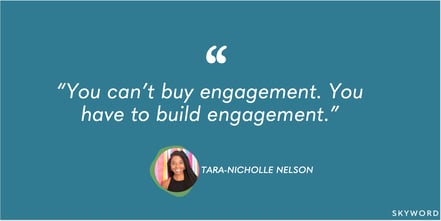 Source: Skyword
Source: Skyword
Offer valuable content to nurture relationships.
Your prospects are looking to your company for solutions to their problem. Position your company as the expert by offering them valuable content. Blog posts and social media posts are free content your audience can make use of during their buying journey.
Based on data you gather from your prospect, like continued engagement with the content you’re posting, you can then offer gated content. Gated content would be content a user can download by entering their email address or other contact information. Use the data they provided to communicate with them personally and start nurturing your prospects to turn them into buying customers.
You could use email marketing as a way of nurturing your customers. Use the information they gave you in the body of your email. Remember, your goal is to turn your customers into brand advocates.
Optimize your process all along.
Demand generation strategies follow a full-funnel process, a marketer should always experiment to see what works and what doesn’t and optimize accordingly. A buyer should always be moving down the funnel. If they’re stuck in a stage, both the sales and marketing teams are responsible for correcting the issue. (Read more on the 5 steps to market at each stage of the buying decision process).
Keep a comprehensive log of all the steps taken by the sales and marketing teams during the buyer’s journey to fix a leaky funnel down the line.
Summary
Demand generation strategies are all-encompassing, taking into account various variables like the customer’s buyer’s journey, a well-defined buyer persona, shared accountability between sales and marketing teams, and continuous optimization.
Demand generation can help you gain brand awareness and better understand your audience’s needs to expand your business.



